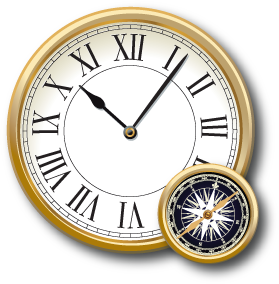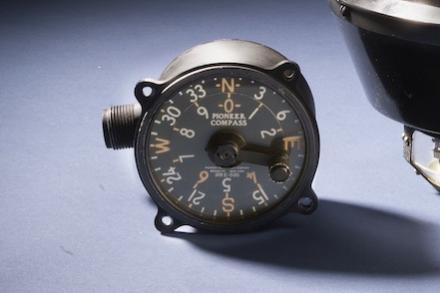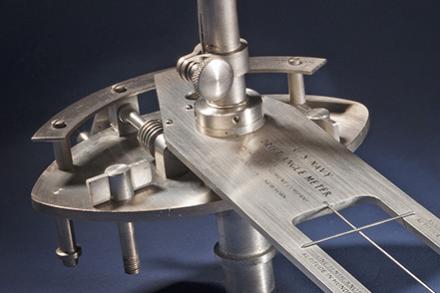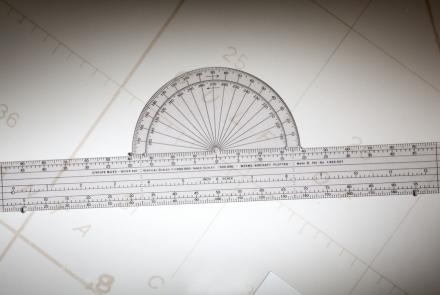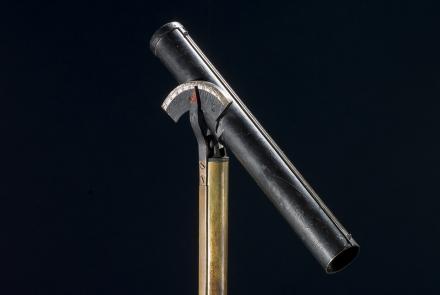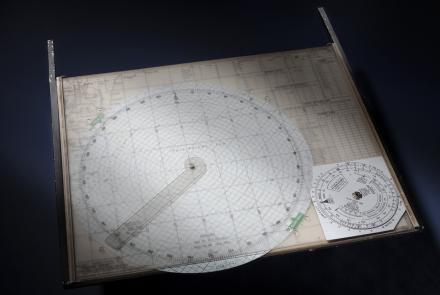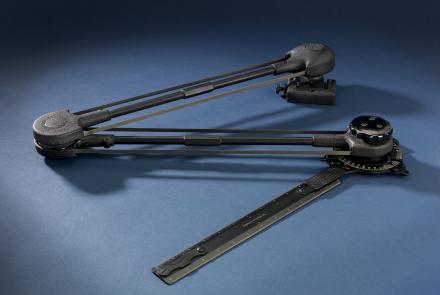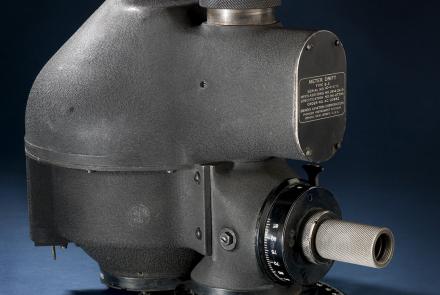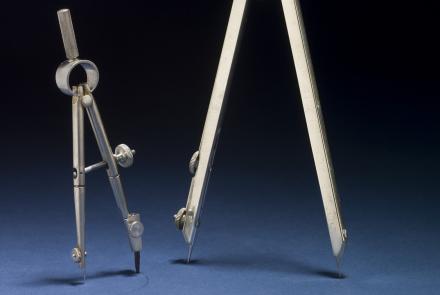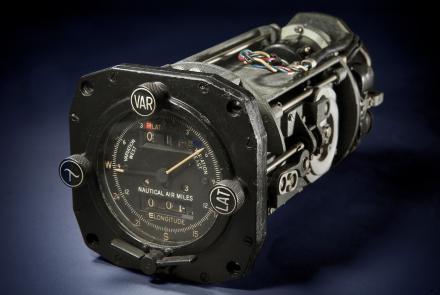Knowing position between fixes required its own technology.
Before the advent of automated positioning systems, such as later versions of LORAN-C, GPS, or the Astroinertial Navigation System that continuously computed positions, aviators and air navigators determined “fixes” by verifying position using known features on the surface, by using computed positions from celestial observations, or by bearings and lines of position from radio navigation stations. Between these fixes, aviators had to depend on a best guess in the form of a calculated position known as dead reckoning.
The process of dead reckoning depends on determining wind drift through observations or estimates and predicting the movement of the aircraft based on heading and speed. Over time, this process has gone from manual computation to computer automation, including the implementation of inertial navigation systems in the Cold War that measured acceleration in multiple axes to determine movement over time.
TOOLS: Radio Direction Finding (RDF) stations, radio compasses, radio range, Very High Frequency Omni Range (VOR), YE-ZB, radar, Gee, Decca, LORAN, GPS.
ADVANTAGE: Works when out of sight of the ground and/or sky.
DISADVANTAGE: Requires complex and heavy equipment in the aircraft and a complex array of ground and/or space-based equipment and infrastructure.
CHALLENGES: Subject to natural or manmade interference. Most prone to technical failure.


